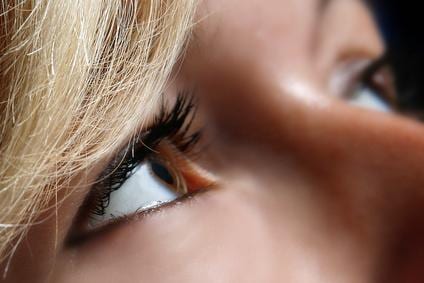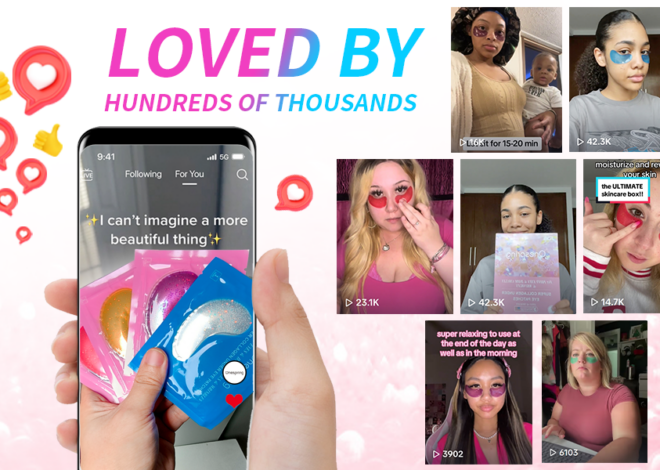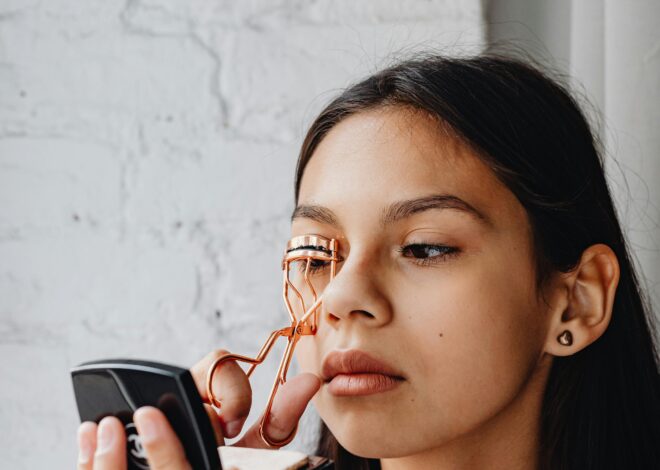Cosmetic laser eye surgery might be a way to get rid of those unwanted eyeglasses or contact lenses, according to the Mayo Clinic. However, these types of cosmetic procedures come with some risks and may not be as effective as you had hoped. Before spending your hard-earned cash on a cosmetic laser eye surgery, learn as much as possible about surgery as well as the doctor you hope to use for the process.
Types
Cosmetic laser eye surgery comes in two primary forms, according to the Mayo Clinic. LASIK and PRK both work to correct errors in the cornea; when done correctly, these surgeries eliminate the need to wear glasses or contact lenses to correct vision.
Function
If you get LASIK surgery, a qualified doctor will use either a bladeless laser device or a cutting instrument to reshape the middle layers of your cornea, according to the Mayo Clinic. Those who opt for the less-performed PRK procedure will sustain a vision correction process that aims to reshape the front layer of the cornea.
Considerations
Sometimes LASIK surgery does not fully correct the vision problem as the patient hoped, according to the Mayo Clinic. Thus, you might need to return to a qualified specialist in another year or so to have a second laser vision correction procedure. This would, of course, add more cost to your treatment plan because such laser surgeries are not covered by insurance plans.
Common Side Effects
Dry eyes are especially common among LASIK patients, according to the Mayo Clinic. You may need to use eye drops; this is most likely to happen in the first six months after surgery. Some patients may decide to have another elective procedure performed on their eyes if this side effect continues to be especially bothersome; that process places special plugs in the tear ducts to help combat excessively dry eyes.
Potential Negative Effects
Sometimes vision is overcorrected in laser eye surgery; this is far more difficult to treat than undercorrection of eyesight, according to the Mayo Clinic. Also, some patients experience glares, halos and double vision, especially at night. While sometimes this condition can be treated with corticosteroid eye drops, a second surgery may be required. In addition, sometimes those people who had LASIK vision correction surgery suffer from eye flap problems such as infection, swelling and abnormal growth.
Photo Credit
- eye image by Melissa Schalke from Fotolia.com





